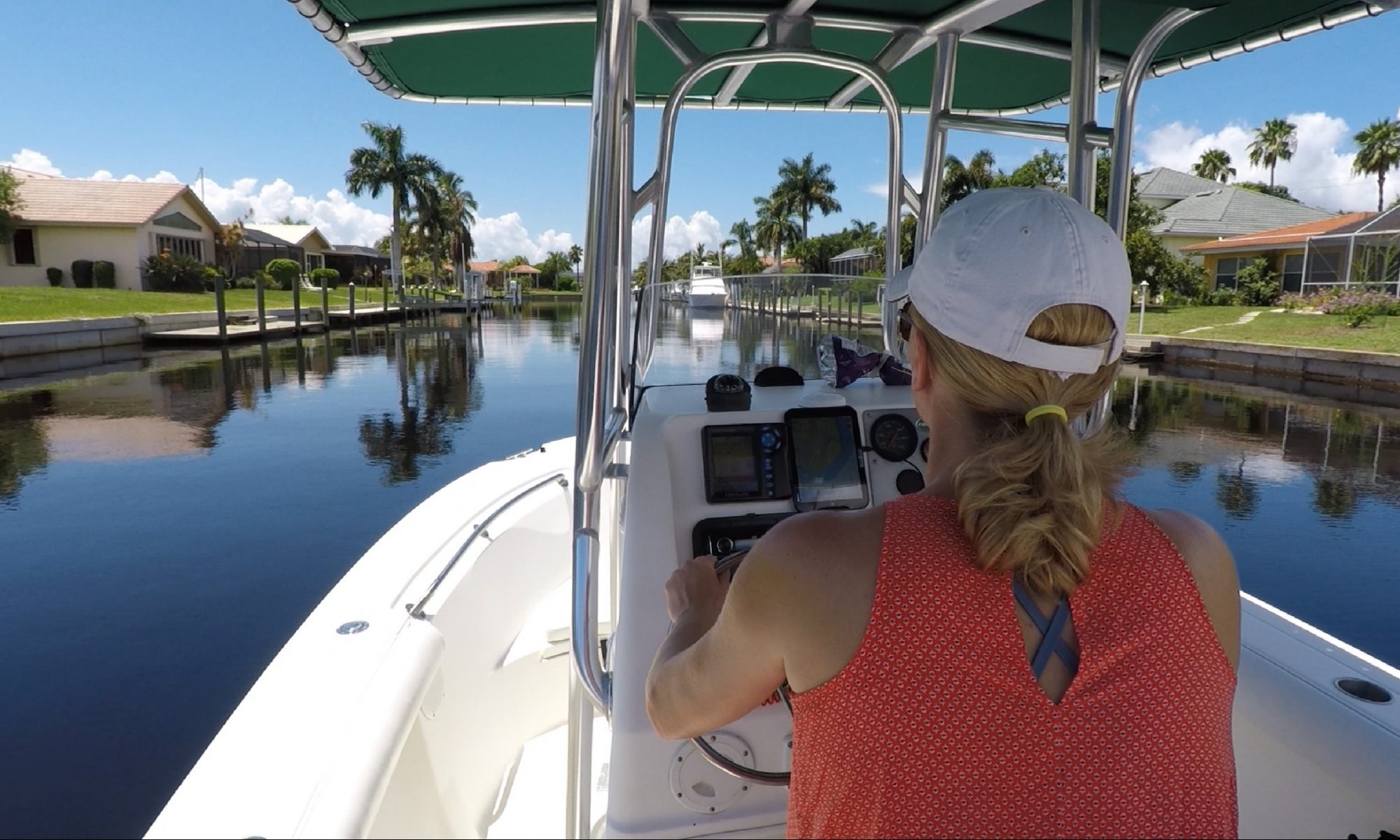
Punta Gorda Isles (PGI) is a unique and formerly deed-restricted community with most lots being waterfront. Today, instead of deed restrictions, it’s a code-regulated special land use area under the umbrella of the city of Punta Gorda. The following are a few summary points to take into account when considering waterfront properties in PGI.
- No landscaping is allowed within 6 feet of the seawall.
- No rubber mulch, rock, sand, etc., is allowed within six feet of the seawall.
- A minimum of six feet of sod shall abut any seawall.
- Artificial turf can be used as a grass substitute, but it cannot be attached to any part of the seawall.
- No trees should be planted within 8 ft of the seawall or 20ft if needed for future growth.
- No Bismarck Palm, Royal Palm, or Yellow Butterfly Palms are allowed within 8ft of a seawall.
- The landscape shall not be modified to drain into canals.
- Small watercraft may be stored on the dock but not on the seawall or in the yard.
- Small watercraft storage racks may be attached to a dock but not any part of the seawall
- Dock boxes (max 36” tall” are only allowed on a dock and cannot be attached to any part of the seawall.
Bonus: The FWC must approve signs on the waterside of a seawall.
References:

